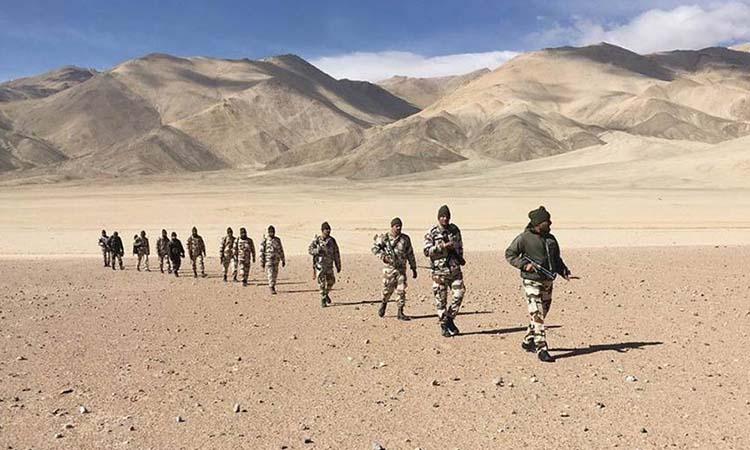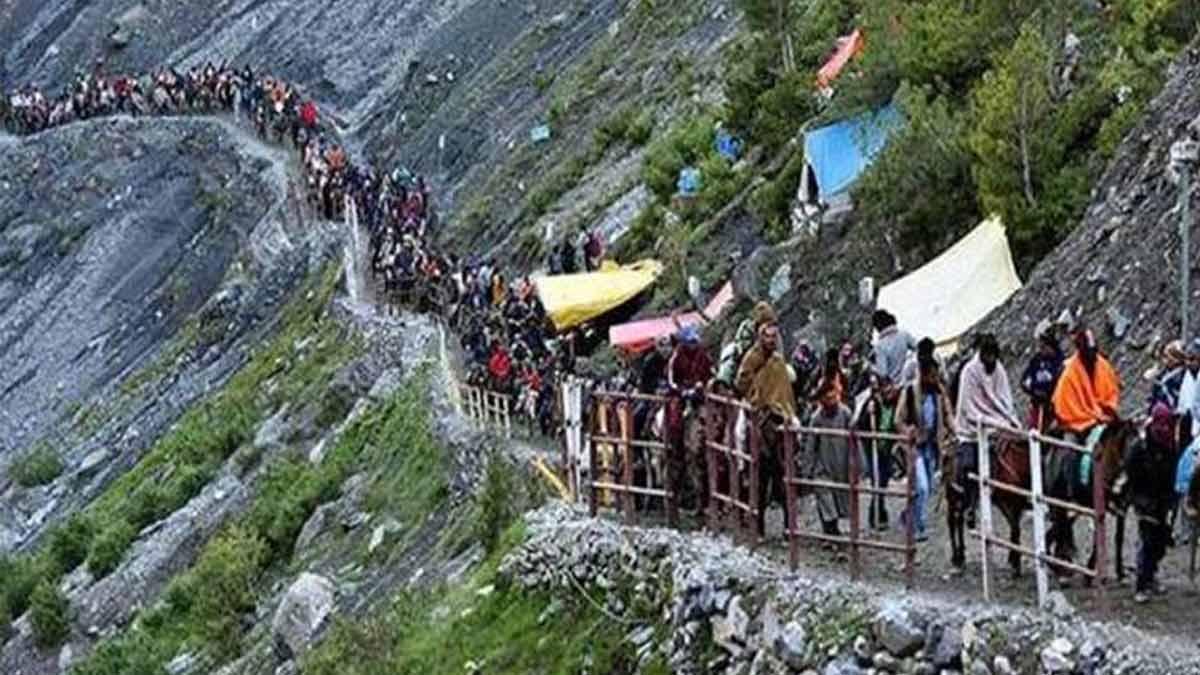India on Sunday asked China to disengage and de-escalate its activity at all the face-off sites in eastern Ladakh, amidst a continuous treacherous behaviour from the People’s Liberation Army along all frontier.
India pushed for 'a workable and sequential' roadmap for 'complete disengagement, de-escalation' while trying to revert back the status quo at the “friction points” in Pangong Tso, Chushul and Gogra-Hotsprings areas as the first step, TOI reported quoting its sources.
The ninth round of talks on the Ladakh border row, that continued for around 16 hours, did not dig out an immediate solution. There was no immediate word on the military talks between 14 Corps commander Lt-General P G K Menon and South Xinjiang Military District chief Major General Liu Lin.
According to the TOI report, the two delegations will now go to their respective political hierarchies for further directions on the proposals and counter-proposals exchanged during the talks.
Given the way PLA has consolidated its military positions and upgraded its infrastructure all along the 3,488-km Line of Actual Control (LAC) after the Ladakh confrontation erupted in early-May, the Indian defence establishmentfeels that China has no real intention of pulling back its army which includes troops, tanks and howitzers from the contested borders of Ladakh.
Pangong Tso-Chushul area, where Indian troops occupied tactically advantageous positions on the ridgeline stretching from Thakung to Gurung Hill, Spanggur Gap, Magar Hill, Mukhpari, Rezang La and Reqin La, is being tactically challenged by China as it is demanding the de-escalation initiation should start from there with Indian troops’ disengagement.
“The resources with the PLA are simply staggering. With roads leading right till the LAC, the PLA can swiftly move more forces and firepower to the forward areas in the summer. India will now willy-nilly have to treat the LAC just like the Line of Control with Pakistan, with permanent deployments and posts,” an officer told TOI.
Moreover, additional facilities have also been constructed at the Chinese airbases facing India like Hotan, Kashgar, Gargunsa (Ngari Gunsa), Lhasa-Gonggar and Shigatse, which includes underground hangers and parking bays for fighters by digging tunnels into mountains in some areas.


















